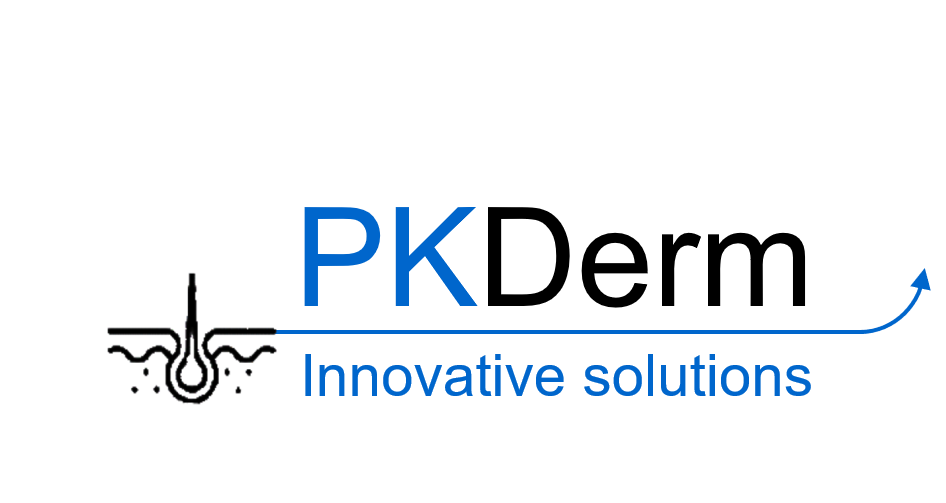OpenTox Euro Conference 2020 Session 5
Cosmetics legislation requires that every cosmetic product placed on the market in Europe is safe to use. Scientific research and innovation are key drivers for the cosmetics industry. Manufacturers employ thousands of scientists to discover new more efficient cosmetic ingredients and formulations and develop products with unique properties meeting consumer desires. It can take several years to launch a new product on the market and the manufacturer is responsible for the testing and safety evaluation.
The 7th Amendment to the EU Cosmetics Directive bans the animal testing for cosmetic products since 2004 and cosmetic ingredients since March 2009. An increasing number of alternatives to animal testing has been developed and validated for safety and efficacy testing of cosmetic products and ingredients.
A set of alternative in vitro and ex vivo skin models can be used to evaluate the efficacy combined with a comprehensive toxicological assessment. For example, 2D cell culture derived from human skin can be used to evaluate anti-inflammatory properties, anti-ageing properties, skin pigmentation, wound healing or to predict skin sensitization of an active ingredients. On the other hand, human reconstructed skin can be used to evaluate skin irritation (safety) or anti-inflammatory properties (efficacy) of cosmetic products. Excised human skin is used as the gold standard for the evaluation of dermal absorption, skin metabolism and drug transporters.
But which skin models are appropriate for specific efficacy and/or safety applications in the development process of cosmetic products and ingredients?
In this Cosmetic Assessment session, an overview of in vitro alternative skin models used in efficacy and safety testing of cosmetic products and ingredients will be presented with a focus on skin sensitization and skin anti-inflammation innovative assays.


